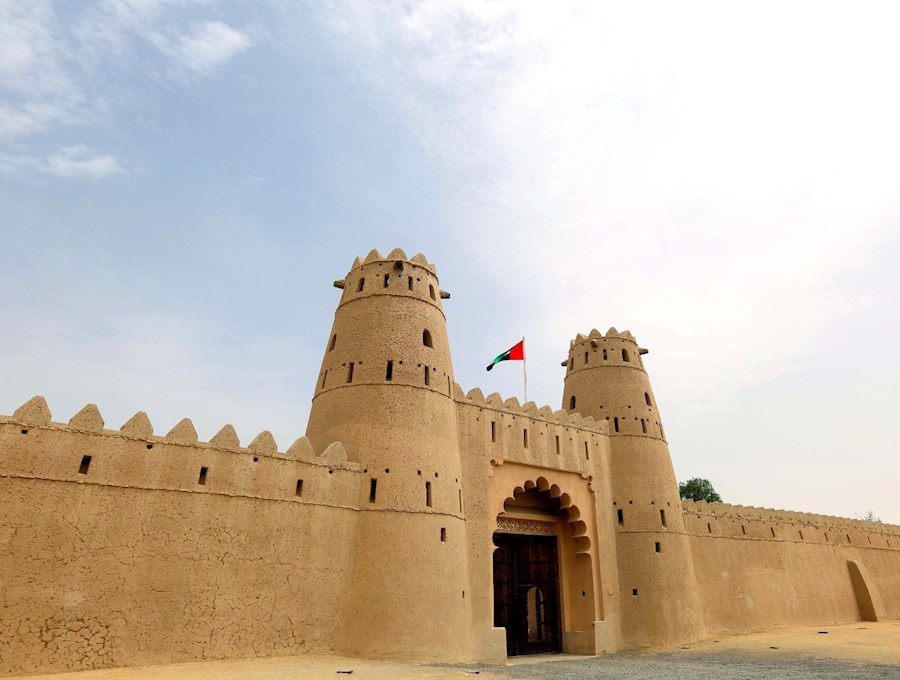Lifestyle
9.15.2021
Al Jahili Fort exhibition strips mud and straw to reveal charm of earthen architecture

The Al Jahili Fort in Abu Dhabi has existed for over a century, placed amidst the gardens of a lush park in its environs. The earthen walls now host a new exhibition, titled “Building with Earth – An Architectural Tradition”, which explores the resourcefulness and ingenuity of the fort’s construction.
History on Display: the Al Jahili’s History meets the Present
Launched on September 1st, the exhibition features photographs, videos and diagrams which trace the fort’s development, shining a light on the history of the structure, which was constructed using natural raw materials such as earth and palm trees and palm fronds and sun-dried mud bricks. Through a tumultuous history, the fort began construction in 1861 as a single watchtower, serving to protect the Al Ain Oasis, a UNESCO World Heritage site, and its underground water system from enemy attacks and sabotage. The fort was expanded upon in 1897 by Sheikh Zayed bin Khalifa Al Nahyan through the addition of a mosque and courtyard, and served as a home to members of the ruling Al Nahyan family.

Over the next 50 years, the fort gradually fell into disrepair and was abandoned sometime in the 1940’s. However, the fort served as a garrison for the Trucial Oman Levies, a British-raised paramilitary force, from the 1950’s until 1971. It wasn’t until 1985 that the fort began receiving early restoration work by the now-defunct Department of Antiquities and Tourism, which added an entrance and arcaded gallery, as well as the fort’s large courtyard.
The fort’s development as a major cultural destination began in 2003 with the implementation of the UNESCO management strategy of Abu Dhabi. In 2007-2008, the Department of Culture and Tourism – Abu Dhabi began a major conservation project, preserving the fort’s exterior, while transforming the inside into a visitor and exhibition center. The center features a permanent exhibition on British military officer and writer Wilfred Thesiger, with photographs of the explorer of his time traveling through the region in the 1940s.

A visit taking you through time and history
During the course of the exhibition, visitors will learn of earthen construction techniques from both a historical and contemporary standpoint, while admiring the earthen works surrounding them. While earthen construction seems antique, it has regained popularity as individuals demonstrate an increased interest in sustainable architecture. From the Oaxaca School of Plastic Arts in Mexico, built in 2008, to the New Gourna Village in Egypt, the exhibition then lists dozens of modern examples of earthen construction, with photographs and descriptions sprawling the gallery wall.

After visiting the exhibition, visitors have the opportunity to visit the parapets of the fort, while taking in the ancient oasis view from a century-old vantage point.
popular

